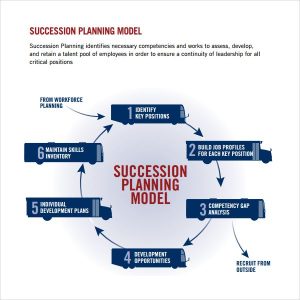
Gender Stereotypes in Advertising: Breaking the Mold
Advertising has long been a powerful tool for shaping societal norms and influencing consumer behavior. However, one concerning aspect of advertising is the perpetuation of gender stereotypes. Advertisements often rely on outdated and harmful gender roles, reinforcing harmful biases and limiting the potential of individuals.
When we look at advertisements, it becomes evident that certain gender stereotypes persist. Women are frequently portrayed as passive, overly emotional, and solely focused on their appearance. They are often depicted as homemakers, caregivers, or objects of desire.
On the other hand, men are typically shown as strong, independent, and dominant. They are portrayed as breadwinners, decision-makers, and achievers.
Such stereotypes not only limit the representation of diverse gender identities but also reinforce harmful societal expectations. By pigeonholing individuals into predefined roles, advertisers contribute to the marginalization and discrimination faced by those who do not conform to these norms.
Moreover, gender stereotypes in advertising can have adverse effects on consumers. They can perpetuate body image issues, as unrealistic beauty standards are promoted, particularly for women. Advertisements often showcase flawless models with flawless bodies, giving the impression that these standards are the norm.
This can lead to a decrease in self-esteem and a negative impact on mental health.
Another consequence of gender stereotypes in advertising is the reinforcement of harmful behaviors and attitudes. Ads that portray women as objects of desire can contribute to the objectification and sexualization of women. Similarly, ads that depict men as dominant and aggressive can reinforce toxic masculinity, leading to harmful behaviors and attitudes towards women and other men.
However, there is hope for change. In recent years, there has been a growing movement towards breaking gender stereotypes in advertising. Many companies are recognizing the importance of diverse representation and are actively challenging traditional gender roles.
Brands are embracing inclusive advertising campaigns that showcase people of all genders in empowering and non-stereotypical roles. They are using diverse models and actors, representing different body types, ethnicities, and gender identities. This shift towards inclusive advertising not only reflects the reality of our diverse society but also helps to break down the barriers created by gender stereotypes.
In addition to brands taking action, consumers play a crucial role in challenging and changing the landscape of advertising. By supporting companies that promote diversity and inclusivity, consumers can send a powerful message to the industry. Social media platforms have provided a platform for individuals to voice their opinions and hold companies accountable for their advertising practices.
Legislation and regulatory bodies also have a role to play in combating gender stereotypes in advertising. Some countries have taken steps to ban or restrict advertisements that perpetuate harmful stereotypes. These measures help to create a more inclusive and equitable advertising environment.
In conclusion, gender stereotypes in advertising have far-reaching consequences. They limit the potential of individuals, reinforce harmful societal expectations, and contribute to discrimination and marginalization. However, the growing movement towards inclusive advertising offers hope for change.
By challenging and breaking down gender stereotypes, we can create a more inclusive and empowering advertising landscape that reflects the diversity of our society. Together, brands, consumers, and regulatory bodies can work towards a future where gender stereotypes are a thing of the past.

